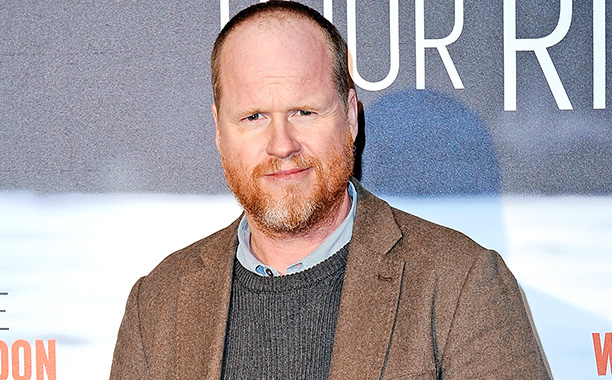
On any given weekend — or many weeknights — the scene that plays out in my house is repeated in homes across the country. Dinner is over and the evening is lulling into relaxation. Time to find something on television to watch. Due to a busy life, I’m behind on just about every show because Peak TV™ is the most first world problem ever to exist. But luckily there’s Netflix and Hulu and Amazon Prime and network streaming apps more than happy to help me catch up on my favorites. Which is paralyzing. Which show do I watch? Do I keep going with a show I’ve already started or begin a new one? Wait, did Netflix put another series up to binge-watch? But there are already half a dozen or more I need to watch first! Oh God, the pressure! You know what? I’m just gonna play video games.
It wasn’t always like this. Not long ago, you sat down to watch whatever television show was available live, or you spent money on DVD box sets to binge. I’m not saying we should return to the dark ages of television viewing, but maybe there’s a happy medium between channel surfing because there’s nothing on and drowning in binge-watching options. It’s an opinion Joss Whedon (Buffy, Firefly) seems to share. As part of the 20th-anniversary celebration of Buffy the Vampire Slayer, The Hollywood Reporter conducted an extensive interview with Whedon. At one point, the director is asked if the new model of “all-at-once” for television pioneered by Netflix appeals to him and Whedon lamented the pitfalls of the New Binge Order.
“I would not want to do it. I would want people to come back every week and have the experience of watching something at the same time. We released Doctor Horrible in three acts. We did that, in part, because I grew up watching miniseries like Lonesome Dove. I loved event television. And as it was falling by the wayside, I thought, “Let’s do it on the internet!” Over the course of that week, the conversation about the show changed and changed. That was exciting to watch. Obviously Netflix is turning out a ton of extraordinary stuff. And if they came to me and said, “Here’s all the money! Do the thing you love!” I’d say, “You could release it however you want. Bye.” But my preference is more old-school. Anything we can grab on to that makes something specific, a specific episode, it’s useful for the audience. And it’s useful for the writers, too. “This is what we’re talking about this week!” For you to have six, 10, 13 hours and not have a moment for people to breath and take away what we’ve done … to just go, “Oh, this is just part seven of 10,” it makes it amorphous emotionally. And I worry about that in our culture — the all-access all the time. Having said that, if that’s how people want it, I’d still work just as hard. I’ll adapt.”
Pressed about his feeling on binge-watching as a format, Whedon admitted to having a complicated relationship with the emergence style. A relationship that should seem all too familiar to anyone who lost an evening, a day, or an entire weekend to an unplanned binge watch.
“The more we make things granular and less complete, the more it becomes lifestyle instead of experience. It becomes ambient. It loses its power, and we lose something with it. We lose our understanding of narrative. Which is what we come to television for. We come to see the resolve. I’m fond of referencing it, but it’s “Angela Lansbury finds the murderer.” It’s becoming a little harder to hold on to that. Binge-watching, god knows I’ve done it, it’s exhausting — but it can be delightful. It’s not the devil. But I worry about it. It’s part of a greater whole.”
I get what he’s saying. Television used to be a shared event. With only so many options, fans could gather the next morning in the office or the classroom or the toddler playdate group and discuss and dissect. A handful of shows carry on that tradition. The Walking Dead, Game of Thrones, and Scandal are among the few series that rise to the top of Peak TV™ to become communal experiences. You can talk to your best friend about the characters or use the show as an ice breaker with strangers. Just about everyone watches. Television was merely an extension of the age-old tradition of telling stories. Whether on a stage or around a campfire, since the dawn of time humans have gathered in groups to share tales.
But shows designed for binge-watching defy that sense of community. They’re a lonely, isolating way to consume television. You can’t livetweet Iron Fist because everyone is on a difference episode. Netflix alone has dozens of original shows on their docket. Unless you have a binge-watching party, it’s unlikely you’ll find someone to talk to about what you think should happen in the second season of Santa Clarita Diet. Catering to this format can wreak havoc on story structure, with episodes of filler and narratives that sag without the structure of a weekly narrative. And with Netflix keeping their numbers close to the vest, it’s nearly impossible to tell if this new release schedule is worth the trade off.
Binge-watching might be slowly becoming the new normal, and we all might be guilty of mindlessly hitting “Yes” when asked if we’re still watching, but Joss Whedon and I can’t be the only ones who miss watching one episode at a time. I’m just not sure what the solution is.
